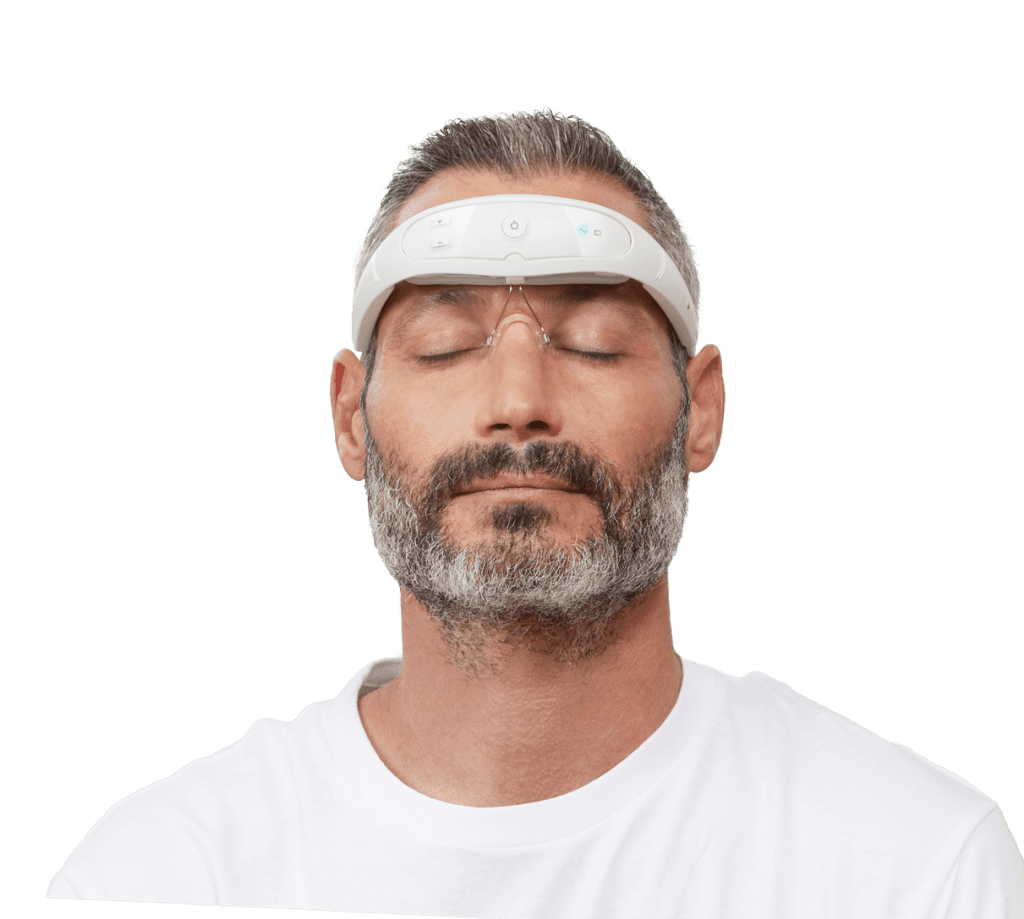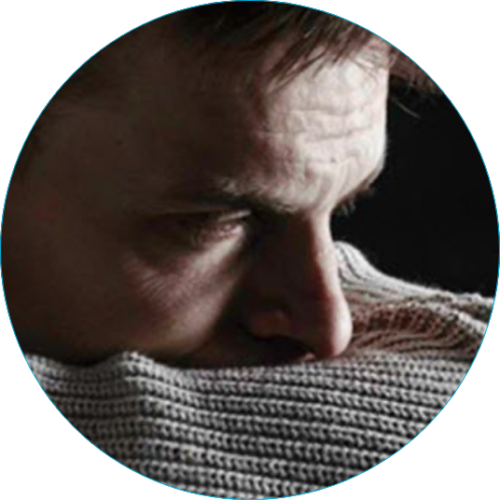Advancements at Neurolief reach beyond migraine and aim to develop treatment options for patients suffering from many other neurological and neuropsychiatric disorders.
While there is extensive research on the prevalence of conditions such as depression, insomnia, and anxiety and the need for innovative new therapies, current treatments are unsuitable for large parts of the patient population.
Migraine is a common neurological disorder causing recurring moderate to severe headaches with additional symptoms such as photophobia, phonophobia, nausea, and vomiting. Acute therapy aims to stop an attack, while prophylactic treatment aims to prevent them, reduce frequency, severity, and associated disability.
There are various drug therapies used for prevention, but they are rarely curative and often associated with adverse effects.
Neurolief has developed the Relivion MG device for acute migraine and a clinical trial is underway to evaluate its safety and efficacy for migraine prevention. The trial is prospective, non-randomized, single arm, and multi-center.
The Relivion MG daily treatment effectively reduces Monthly Migraine Days (MMD) compared to a pre-specified placebo value.
The study will evaluate the change in MMD from the 28 days prior to treatment initiation to the last 28 days of a 12-week treatment period in individuals with episodic or chronic migraine headache, using Relivion compared to a pre-specified sham performance goal (31, 51).

Depression is a mental illness that causes prolonged feelings of sadness, hopelessness, and loss of interest in activities. It can affect daily functioning and physical health. Causes are a mix of genetic, environmental and psychological factors. Treatment options include therapy, medication, and lifestyle changes.
Depression affects millions of people worldwide.*
The MOOD Study is a prospective, multicenter, two-arm, double-blinded, randomized, controlled trial. MOOD studied the use of the Relivion platform technology in subjects suffering from major depressive disorder.
The target patient population was men and women ages 18-70 years old, who suffer from major depressive disorder.

Anxiety is a normal response to stress, but when it becomes chronic and disrupts daily life, it may be an anxiety disorder. It involves fear, worry, and physical symptoms. Treatment may include therapy, medication, and lifestyle changes.


Insomnia is a sleep disorder where a person has trouble sleeping. It can be acute or chronic and caused by various factors. Treatment may include identifying underlying causes, improving sleep habits, and using medications or therapy.

Neurolief Inc.
10211 W. Sample Rd. #217
Coral Springs, FL 33065
1-888-4RELIVION (888-473-5484)
www.relivion.com
Advanced Medical DME, LLC
10211 W. Sample Rd. #217
Coral Springs, FL 33065
Phone: 754-812-1935
Fax: 954-775-0151
support@relivion-medical.com
Neurolief Ltd.
12 Giborei Israel
Netanya, Israel 4250412
+972-9-3730288
www.relivion.com